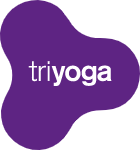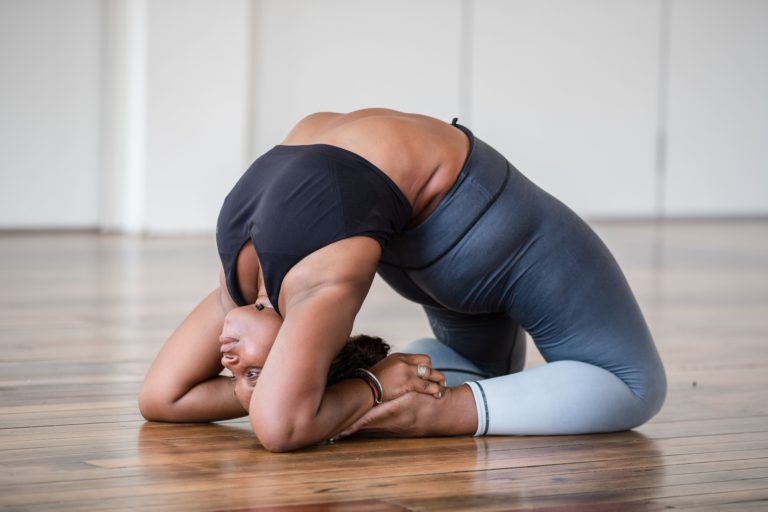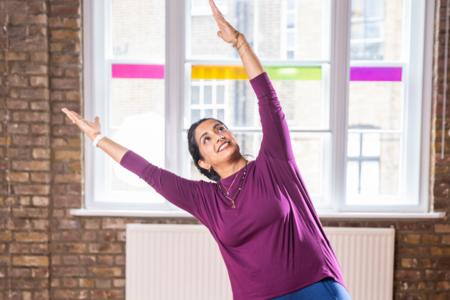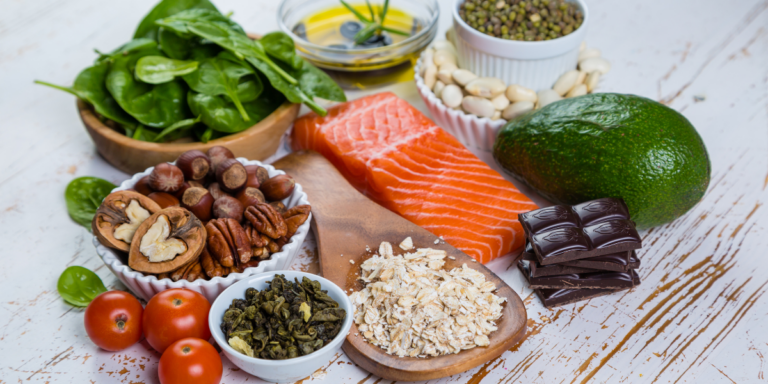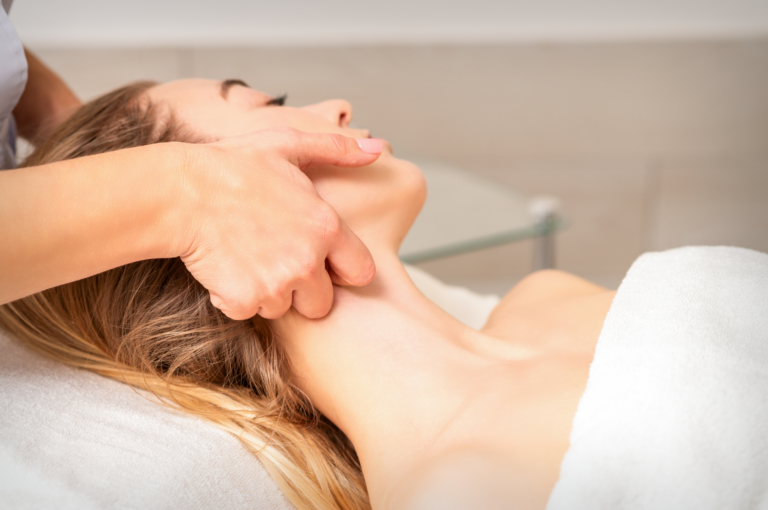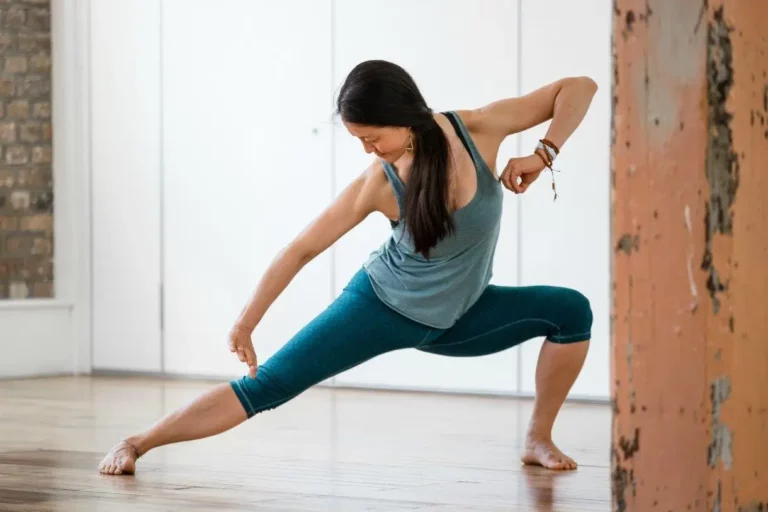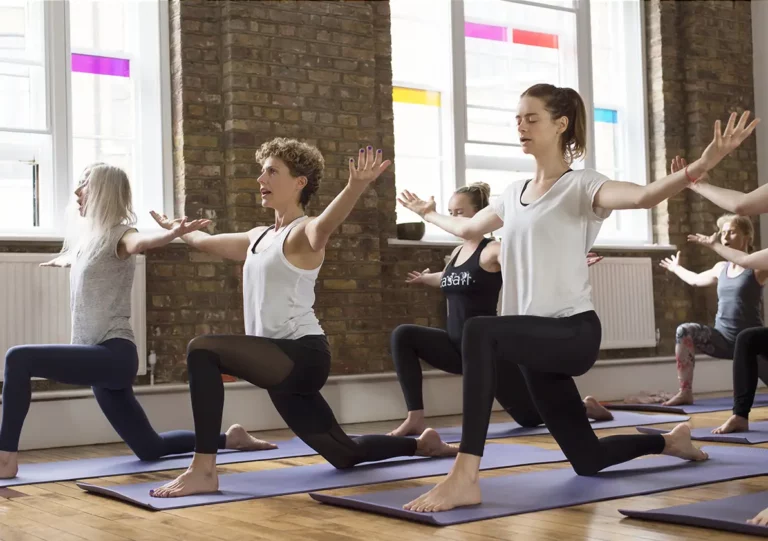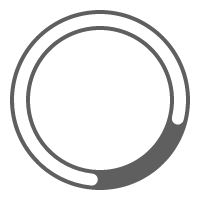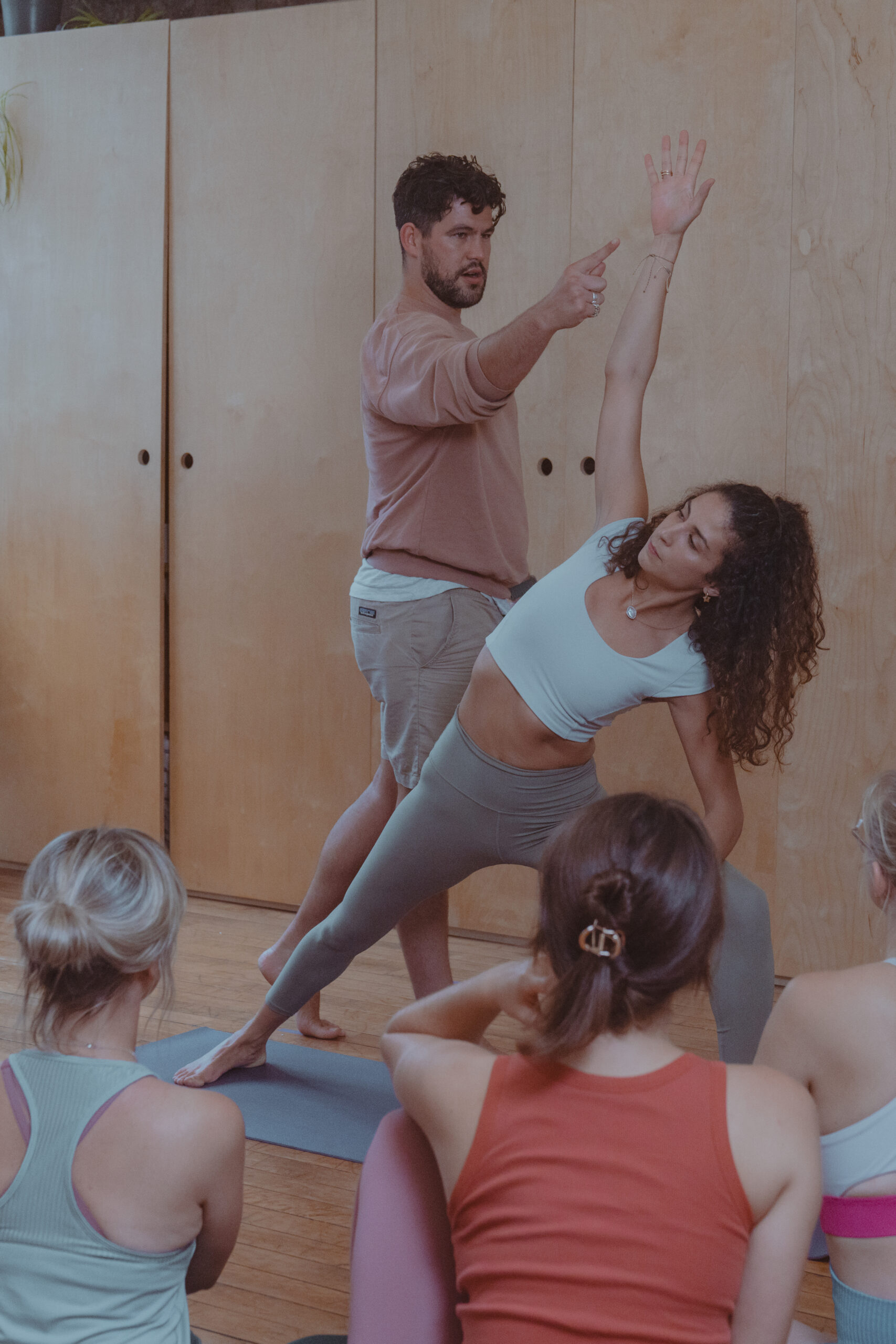Earlier this year, triyoga suggested I do a workshop on hypermobility. I’d like to say that it was because I ooze charm and am blessed with blinding good looks. But, alas, it wasn’t. It was because I have a certain skillset which, over years, I have used to help very physically bendy people out of pain. I am one of triyoga’s resident osteopath’s and Pilates equipment instructors. I am also hypermobile.
Benign joint hypermobility is common. It’s considered to be an advantage for those who practise certain sports or disciplines such as dance, gymnastics, yoga and athletics. It’s not abnormal but being very floppy can predispose you to certain injuries, such as sprains and strains, especially in the wrists, shoulders, ankles and hips.
Moreover, it is a tiring state of being in which to exist. In short, it feels like 20 per cent of your energy is used to stop you from falling over and preventing bits of your body from dropping out of their respective sockets. Everything feels like hard work, everything drifts, shifts and clicks. Hypermobile folk are often the ones seen leaning against walls and desks and they’ll never miss a good opportunity to sit down. Anything to save energy!
As an osteopath at triyoga, I treat a lot of dedicated yoga students and teachers who feel as though their “sacrum keeps going out”. Frustrations can mount when the cost of having physical therapy to treat it doesn’t seem to resolve the problem in the long term and they struggle with the limitations that this type of repetitive injury puts on their daily practice.
I’m able to empathise because my own bendy body involves a constant balancing act between keeping my big muscles strong and supple as well as developing and maintaining a strong functional core. Because of this, I can easily spot hypermobility in others. I’m able to help others because my understanding and clinical experience is underpinned with patience and personal physical perseverance.
As a fully subscribed member of the bendy body club, I have found and tried many ways in which to support a hypermobile body type. One of the best methods is to take up Pilates studio equipment classes. For me, Pilates equipment work has been the unsung hero in my own journey; my constant companion throughout the years if you will. This would be top of my list of suggestions for anyone struggling to stabilise and for everyone who is hypermobile.
There are also a number of other ways we can stabilise our hypermobility, which I will be looking at in my workshop on Saturday, 29th September at triyoga Shoreditch.
For more information on Kate’s upcoming workshop – hypermobility: flexibility verses stability – click here.
For more information on our Pilates equipment studio in Camden and to book a session, click here
